Writer Harriet Beecher Stowe
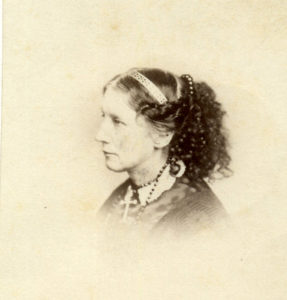
Harriet Beecher Stowe c. 1868 – 1876. Harriet Beecher Stowe Center
Harriet Beecher Stowe changed history with a story. Her life shows what ordinary people can do to change something they feel is wrong.
Harriet was born in 1811 in Litchfield, Connecticut. Her father, Lyman Beecher, was a famous minister. She had 10 brothers and sisters.
Her mother, Roxana Beecher, died when Harriet was five years old. Harriet got her interest in painting and appreciation for education from her mother. Her father wanted his children to fight against what was wrong in the world. He was against slavery. He preached about it in church. He taught his children about it.
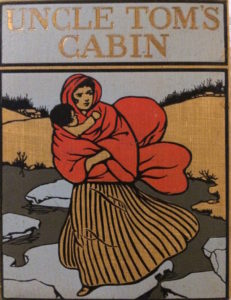
The real life story of a runaway slave, who clasped her child in her arms as she escaped by jumping from ice floe to ice floe across the Ohio River, became part of Stowe’s famous book.
In 1832 Harriet’s family moved to Cincinnati, Ohio. Ohio was a free state. Slavery was not allowed there. Ohio is next to Kentucky. Kentucky was a slave state. Harriet heard many speeches and debates about slavery. She learned about the Underground Railroad. She met formerly enslaved people and learned their stories.
In 1836 Harriet married a professor named Calvin Stowe. They had seven children. In 1848 Harriet’s 18-month-old son Samuel Charles died. He had caught the disease cholera. Later, she remembered her grief. She wrote, “It was at his dying bed and at his grave that I learned what a poor slave mother may feel when her child is torn from her.”
Harriet and her family moved to Maine in 1850. In 1851, a newspaper editor hired her to write a story that would “paint a word picture of slavery.” She knew what she wanted to write. She wanted her readers to feel the pain and suffering of people who were enslaved. She wrote late at night. She wrote for many weeks.
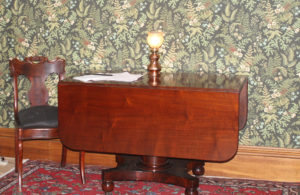
It might look like an ordinary table but this is where Harriet Beecher Stowe wrote her story, “Uncle Tom’s Cabin,” that changed the world. Harriet Beecher Stowe Center
Her story was called Uncle Tom’s Cabin. It first appeared in weekly columns in the newspaper. Readers had to wait each week to find out what happened next. The story was so popular, in 1852 it was published as a book. Uncle Tom’s Cabin was an immediate best seller around the world. Harriet had shone a spotlight on the issue of slavery. She became famous. She toured the world sharing her story.
The issue of slavery divided our nation. It caused the Civil War. In 1862, Harriet went to Washington D.C. to meet President Lincoln. Legend has it that he said, “So you’re the little woman who wrote the book that started this great war.” Uncle Tom’s Cabin was not the only cause of the Civil War. But the book changed people’s opinions about slavery.
Harriet kept on writing. She turned her passion for writing into a career. She wrote, too, to support her family. She became one of the most famous American writers of the time. She wrote more than 30 books, essays, and poems.
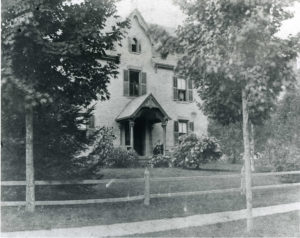
Harriet Beecher Stowe House. Harriet Beecher Stowe Center
In 1865 she and her family moved to Nook Farm in Hartford. Many other famous Connecticans lived in Nook Farm. Her next-door neighbor was Samuel Clemens. He was a writer, too. He wrote under the name Mark Twain. Harriet’s sister Isabella and brother-in-law John Hooker lived nearby. Isabella became famous fighting for women’s right to vote.
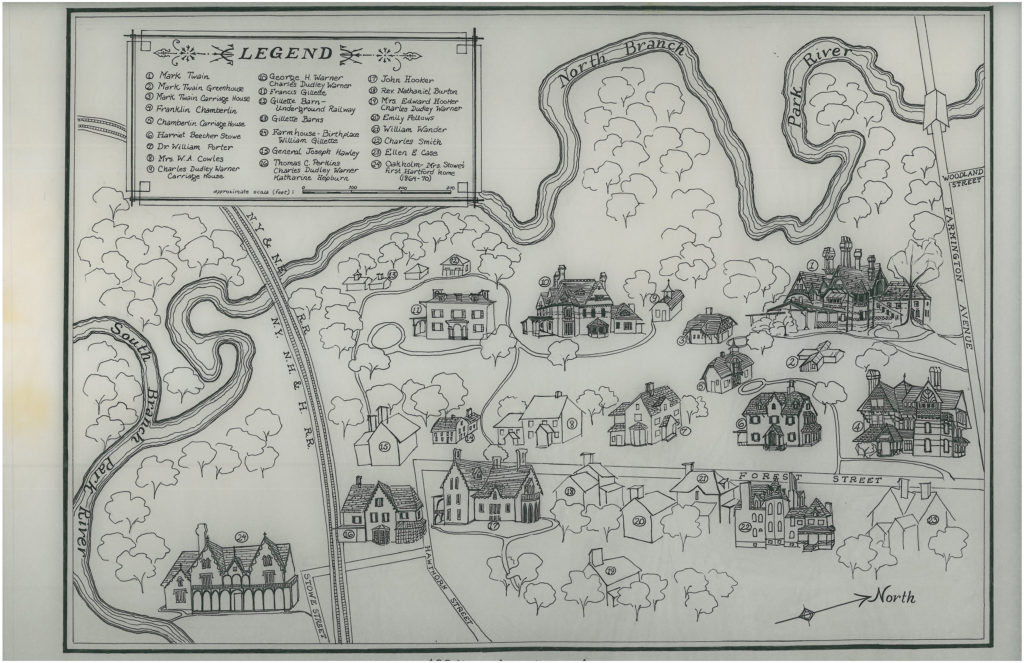
Nook Farm, Hartford, where Harriet Beecher Stowe lived. Harriet Beecher Stowe Center
To this day, Harriet Beecher Stowe and Uncle Tom’s Cabin stand as a powerful symbol of what ordinary people can do to change the world. The Harriet Beecher Stowe Center, a museum in her home in Hartford, continues to share her message of action.
This essay was provided by the Harriet Beecher Stowe Center, 77 Forest Street, Hartford.






